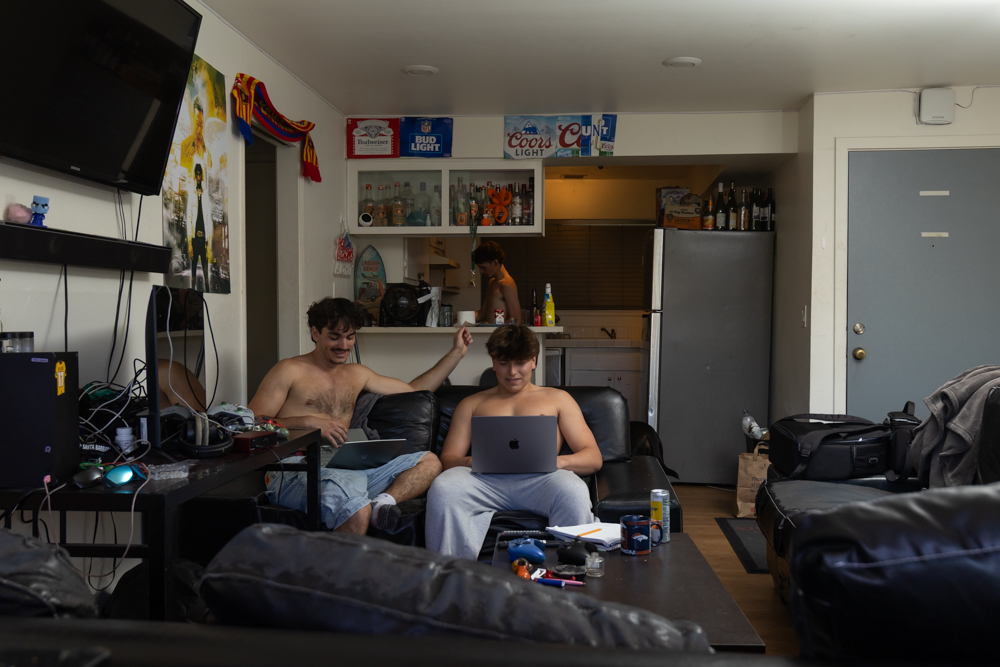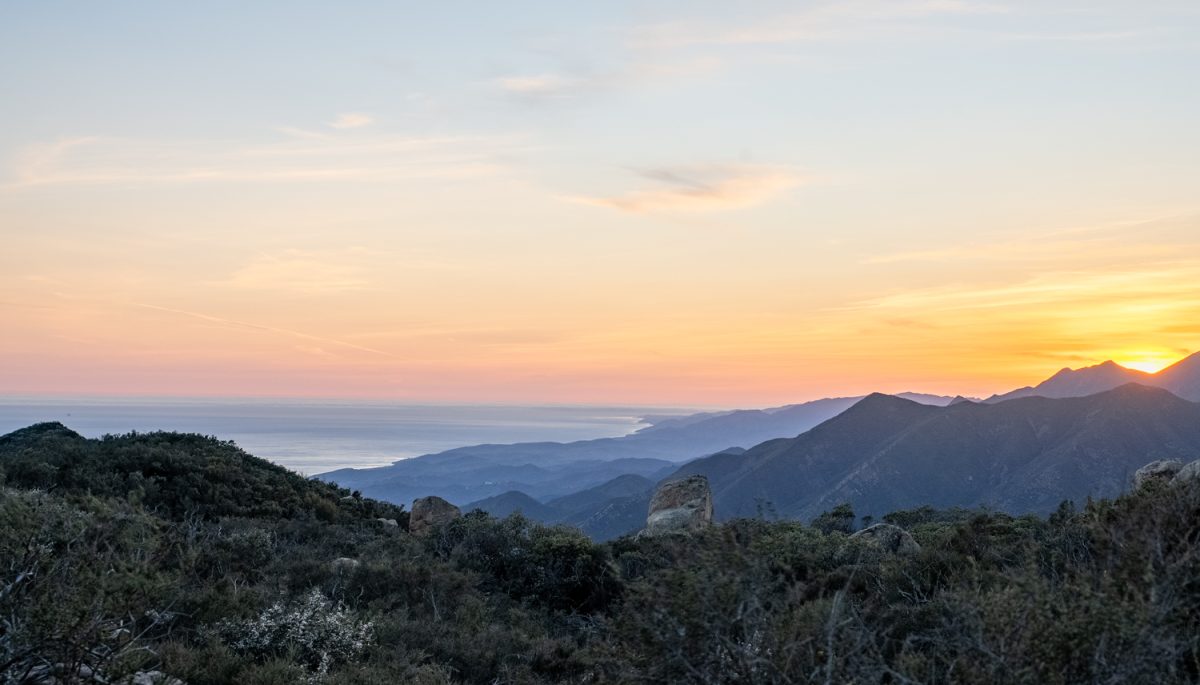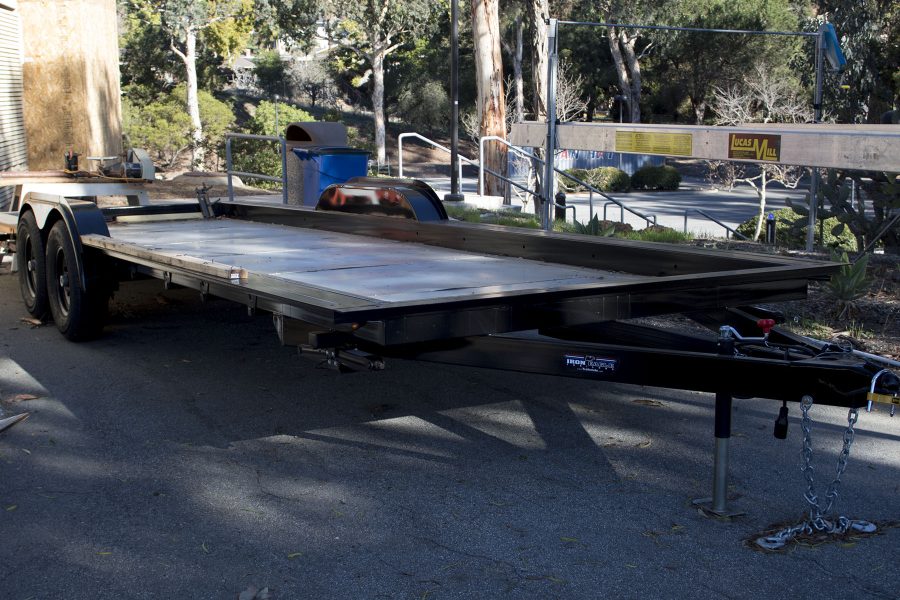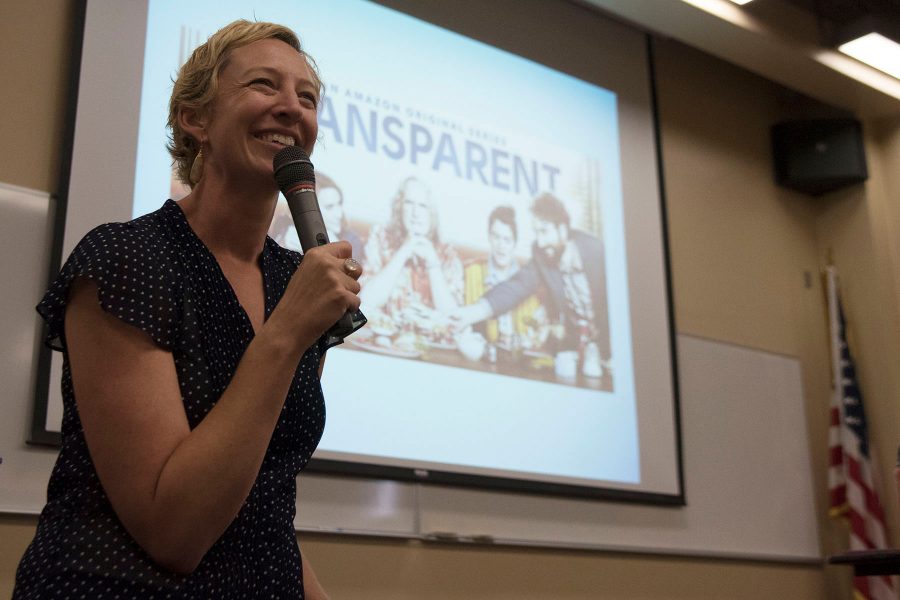The Chumash, originally known as Cañaleno, represents one of the oldest populations that inhabited North America.
According to tradition, their origins rooted back to the Santa Cruz Island, where their God, who eventually allowed them to reach the California coast through a magic rainbow, first created them.
The land adjacent to the Lifescape Garden has been exposed to erosion since the 80s and nothing could ever be built on it.
Legend says one day, when almost ten feet of soil fell, a human skull appeared.
The skull was certificated as a part of a Native American burial ground, and in turn City College decided to dedicate the edges of the cliffs on both campuses to the Chumash tribe, Professor Emeritus and former Chair of the City College Environmental Horticulture Department Jerry Sortomme explained.
Nevertheless, the realization of the Chumash Preserve on East Campus required a particular care. Not only because of the land’s sensitive conditions, but because it represented the last untouched Chumash area.
“It’s almost a hidden part of the campus,” Sortomme said. “Most people don’t even realize there’s a walk there, and it’s one of the most beautiful views in all of Santa Barbara.”
At the time of the Chumash point project, the California Community College system and the fire department were consulted. Together several Native Americans groups, including the United Chumash Counsel, local Native Americans communities and the Santa Barbara Native Americans worked together to preserve the land.
The Native American communities agreed to cap off the area to better protect its spirituality and sacredness.
“But at the beginning there were some concerns about what to put on top of it,” said City College Native Americans Scholar, Tina Foss.
Sortomme said City College had to follow the California State Coastal Commission planting guidelines, which strictly required the planting of native plants from the local area. More specifically, the planting of those types that grow in the geographical area between City College and Las Positas.
“Some of those plants had to be grown by our own students to make sure they were the right kind of plants,” Sortomme said.
On a semicircle of rocks stands at the Chumash Point. Sortomme and his family held a prayer ceremony honoring the effort to create the new spiritual point. All the Native Americans groups came together and even presented Sortomme with a walking staff for protection.
City College shows signs of Chumash activity on several other points of campus.
For instance, the entire portables area between the parking lot and the Cafeteria on East Campus represents what Native Americans would call a “midden,” namely the designated area for the Indians’ domestic waste.
“A midden is a dream for archeologists,” Sortomme said. “And the temporary buildings broke into them.”
The Chumash spirit will continue to fill City College’s campus for future generations.
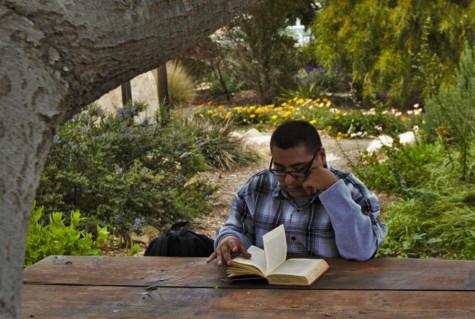


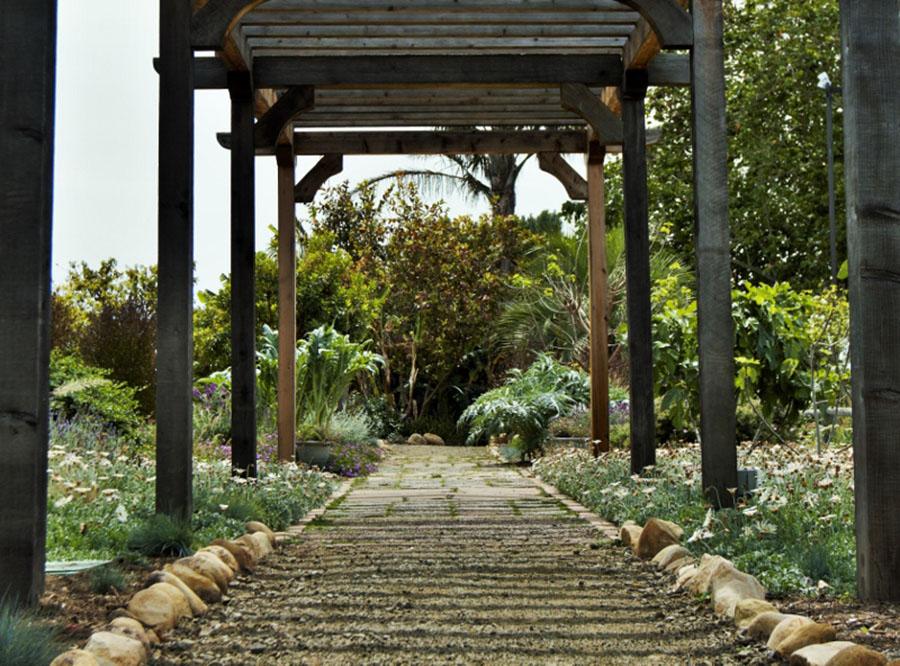





![Milton Alejandro Lopez Plascencia holds a flag showcasing the United States and Mexico on Feb. 7 in Santa Barbara, Calif. “It’s heartbreaking to see what is happening all across the country,” Lopez Plascencia said. “I [want] my voice to be heard by the community.”](https://www.thechannels.org/wp-content/uploads/2025/05/MGSImmigration-1-1200x800.jpg)

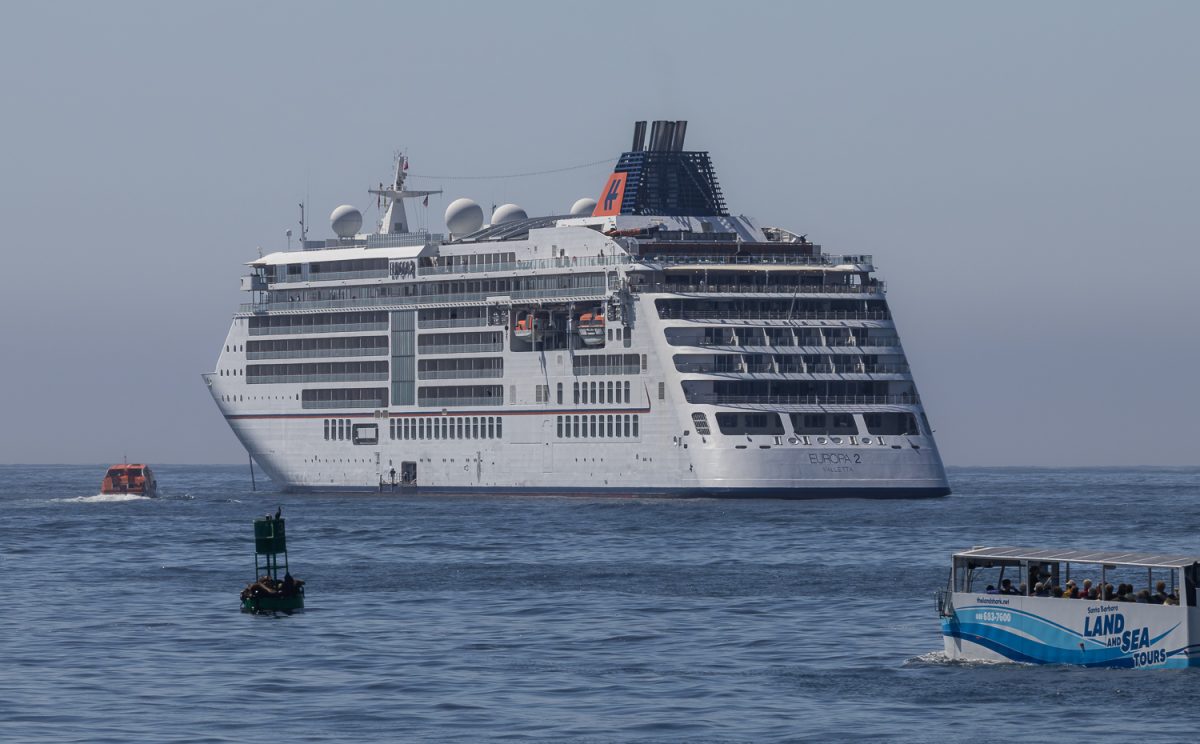
![The new Dean of Social Science, Fine Arts, Humanities and English, Eric Hoffman beams on May 2 in Santa Barbara, Calif. "My major professor in college [inspired] me," Hoffman said. "You can really have a positive impact on people's lives in education."](https://www.thechannels.org/wp-content/uploads/2025/05/MGSHoffman-2-1200x800.jpg)
